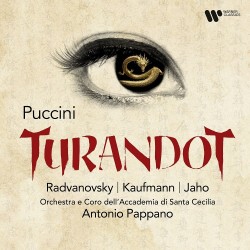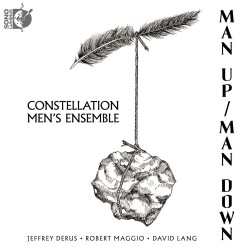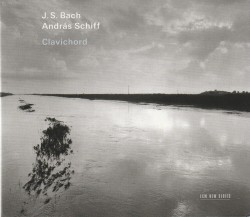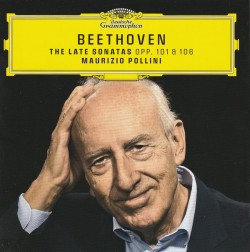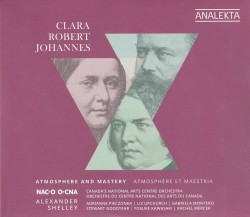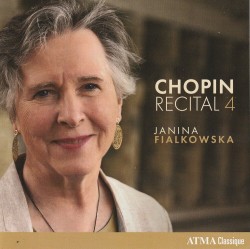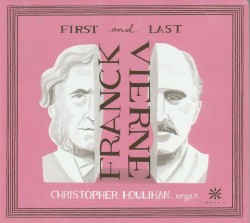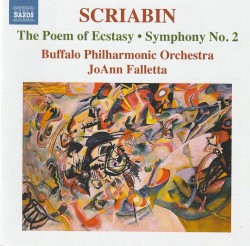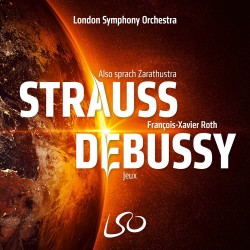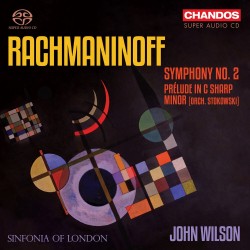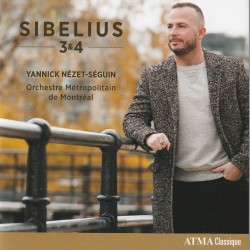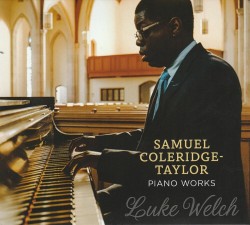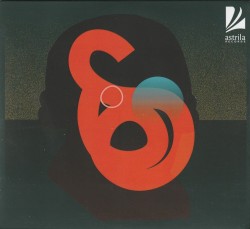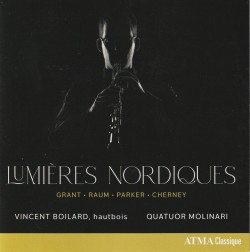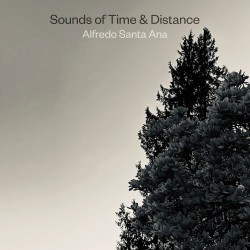Puccini: Messa di Gloria & Orchestral Works - Charles Castronovo; Ludovic Tézier; Orfeo Catala; Orchestre Philharmonique du Luxembourg, Gustavo Gimeno
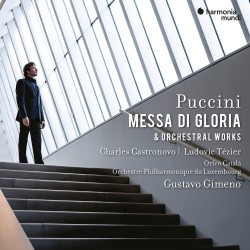 Puccini – Messa di Gloria & Orchestral Works
Puccini – Messa di Gloria & Orchestral Works
Charles Castronovo; Ludovic Tézier; Orfeo Catala; Orchestre Philharmonique du Luxembourg, Gustavo Gimeno
Harmonia Mundi HMM905367 (harmoniamundi.com/en/albums/puccini-messa-di-gloria)
We all know Puccini is one of the greatest opera composers, but little do we know that as a student in the conservatory he dabbled in orchestral and religious music. Three of his orchestral pieces are presented here and to my surprise, embedded in one of them, Capriccio sinfonico, I found the opening pages of his first breakthrough success and masterpiece: La Bohème.
On this new Harmonia mundi recording, the chief conductor of our TSO Gustavo Gimeno with his fine Luxembourg orchestra perform these works, as well as a major choral work. The Messa di Gloria is a very ambitious youthful composition, a complete five-movement Catholic Mass for chorus and orchestra with tenor and baritone soloists.
I was truly amazed at Puccini’s budding genius in the level of invention, evocative power and passion, but also as a future composer of opera. For example, near the beginning in the Gloria section a beautiful aria, Gratias agimus tibi (We give thanks to Thee), sung passionately by tenor soloist Charles Castronovo. Later Qui tollois peccata mundi, a march with alternating male and female choruses, is very effective, but Verdi’s influence is noticeable. (Puccini saw Aida at age 18 and was very impressed.) His great talent for the dramatic (shades of the later Tosca) emerges in the deep voices of the tragic Crucifixus but we soon are comforted by the Resurrection (Et resurrexit tertia die Secundum Scripturas) with a joyful chorus of the sopranos. The two concluding sections are radiantly beautiful. Benedictus is sung by Ludovic Tézier a master of Italian bel canto baritone, who then joins Castronovo for Agnus Dei, which in a gentle rollicking 3/4 time ends the Messa in heavenly peace.


